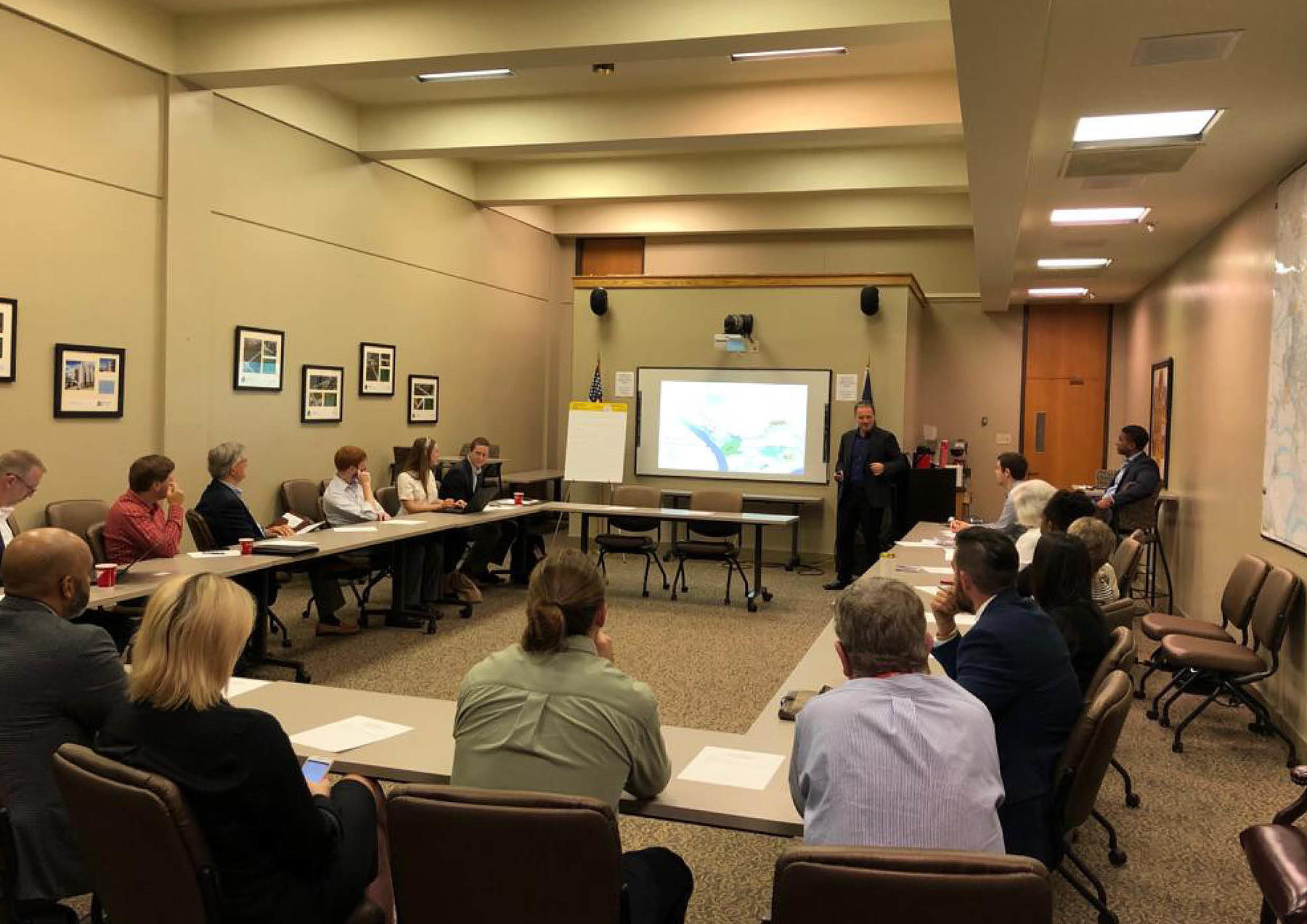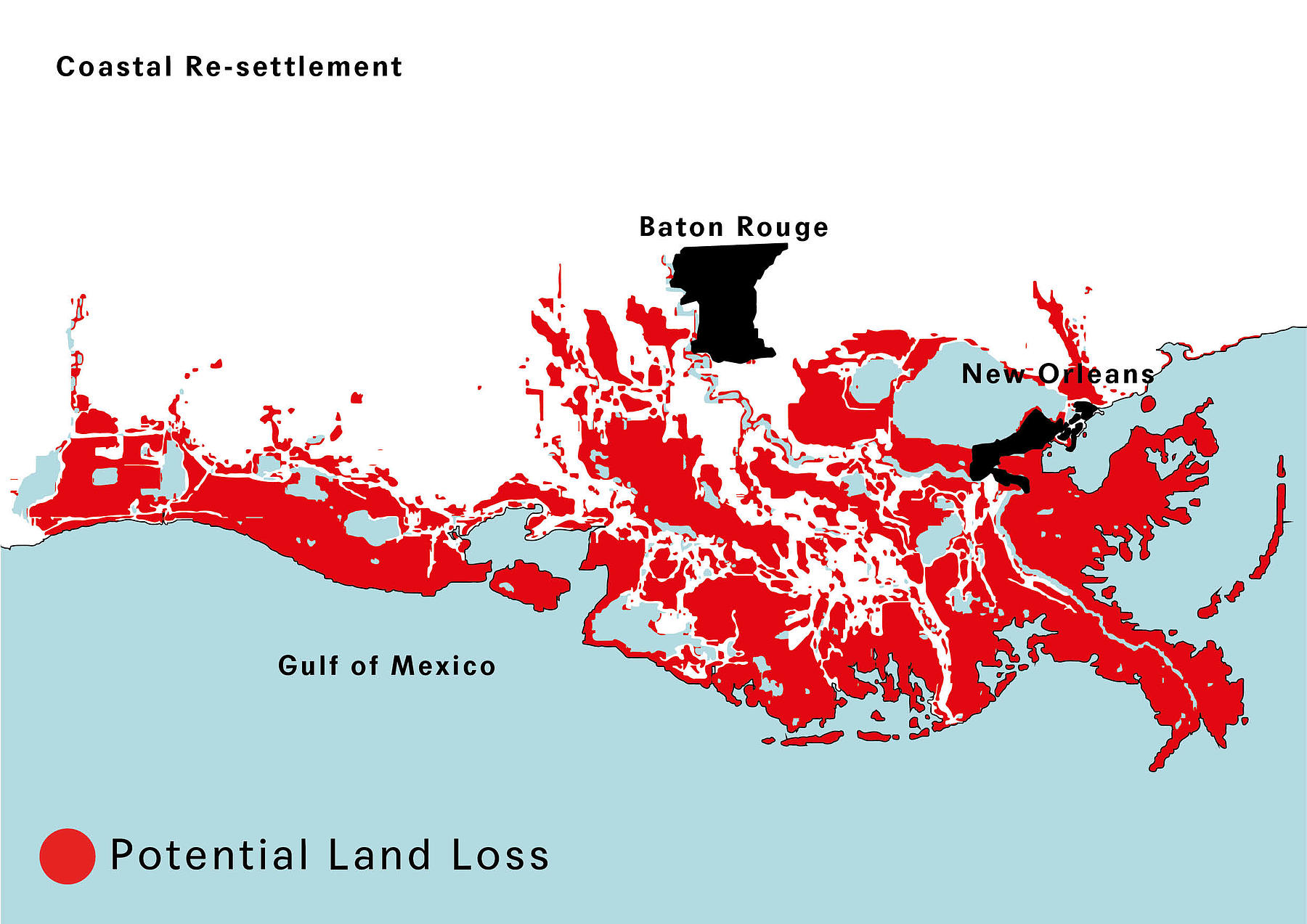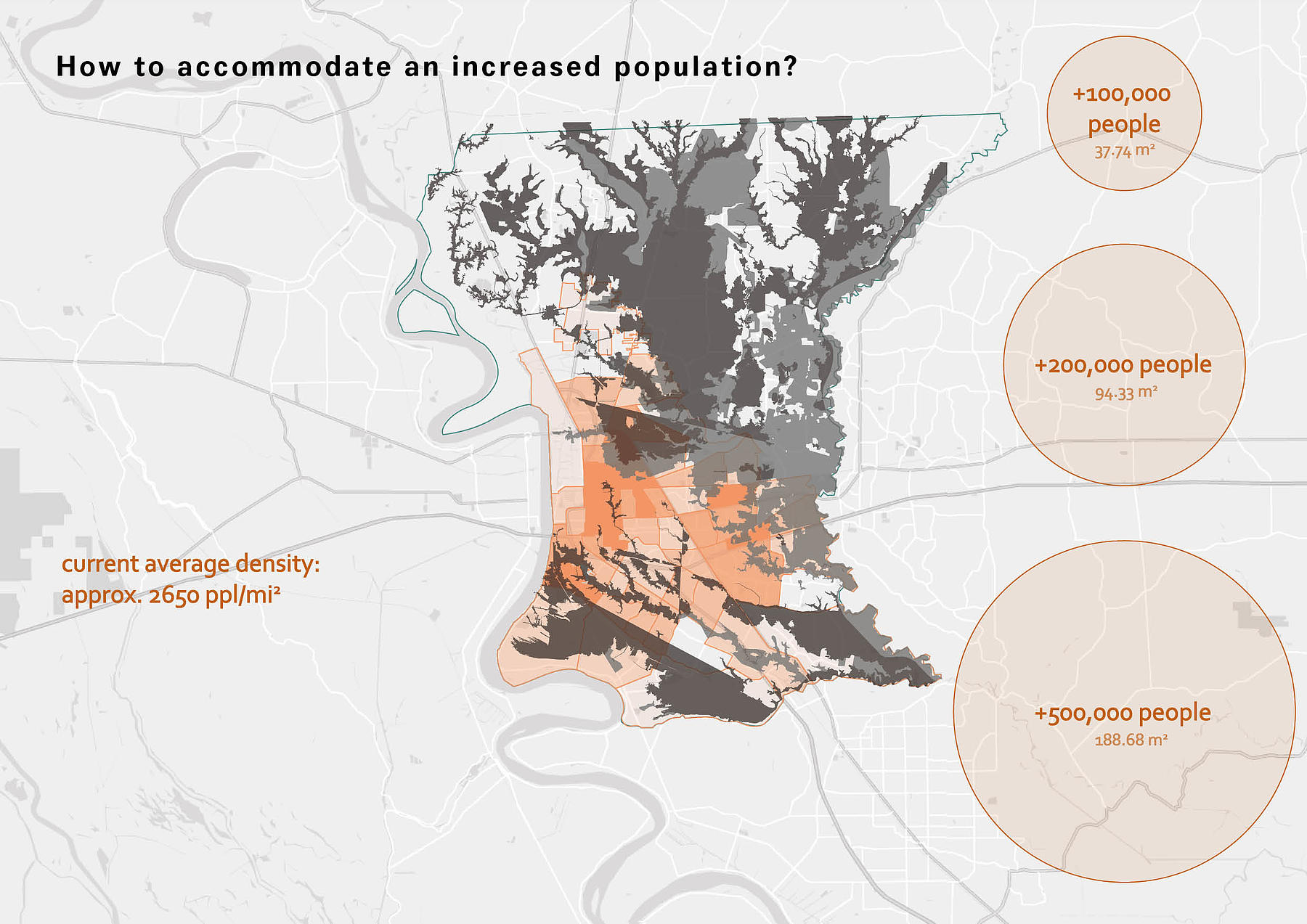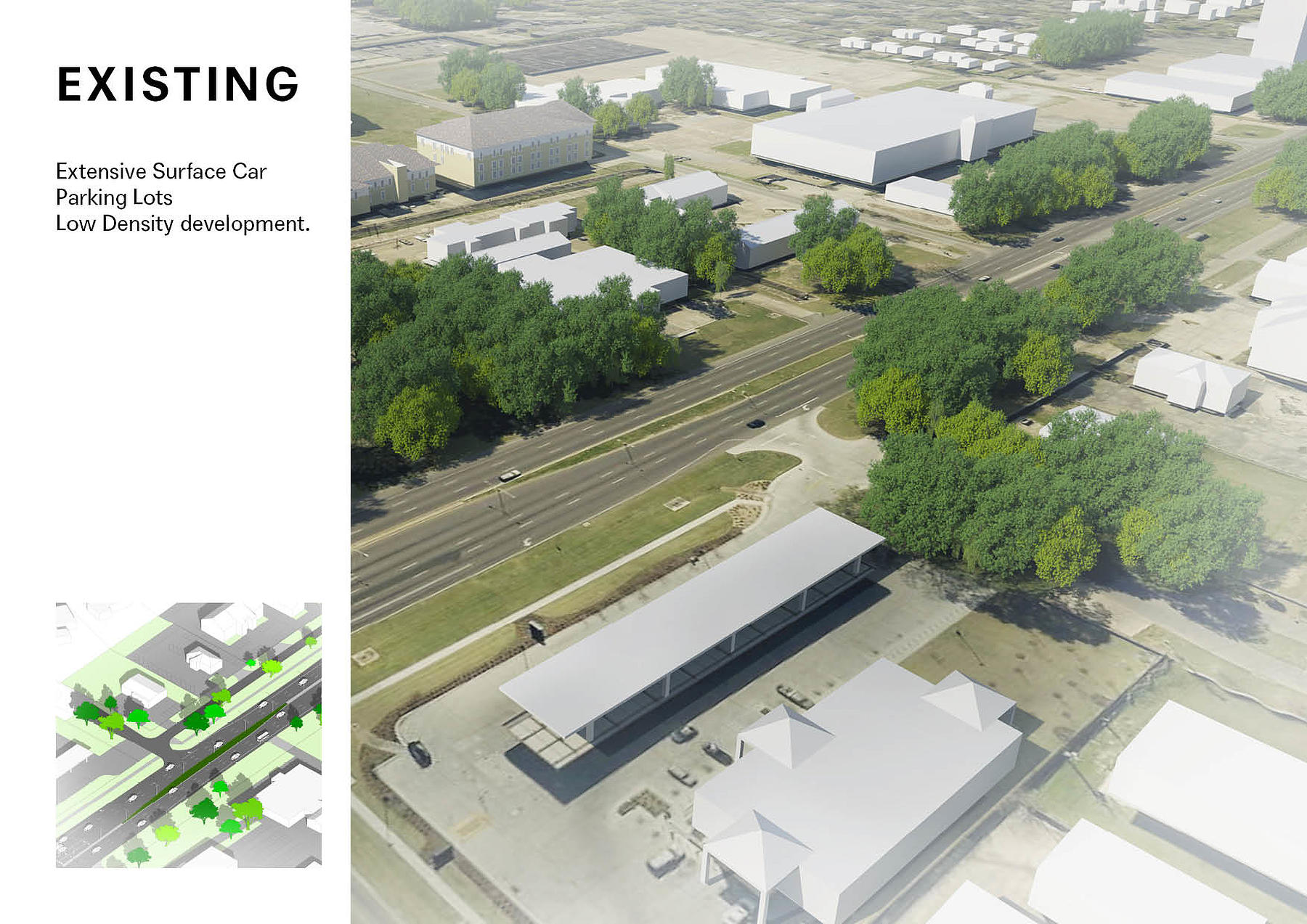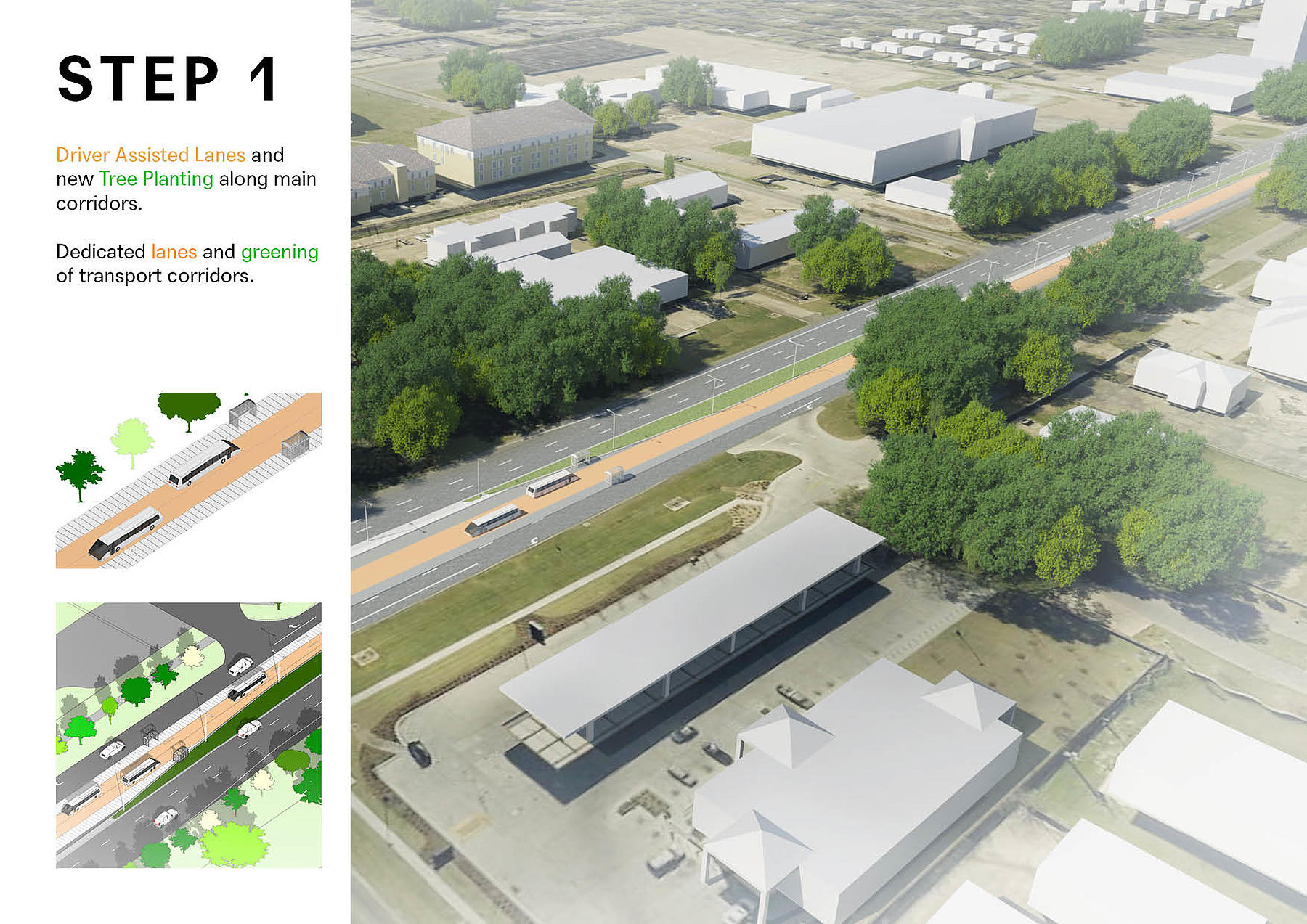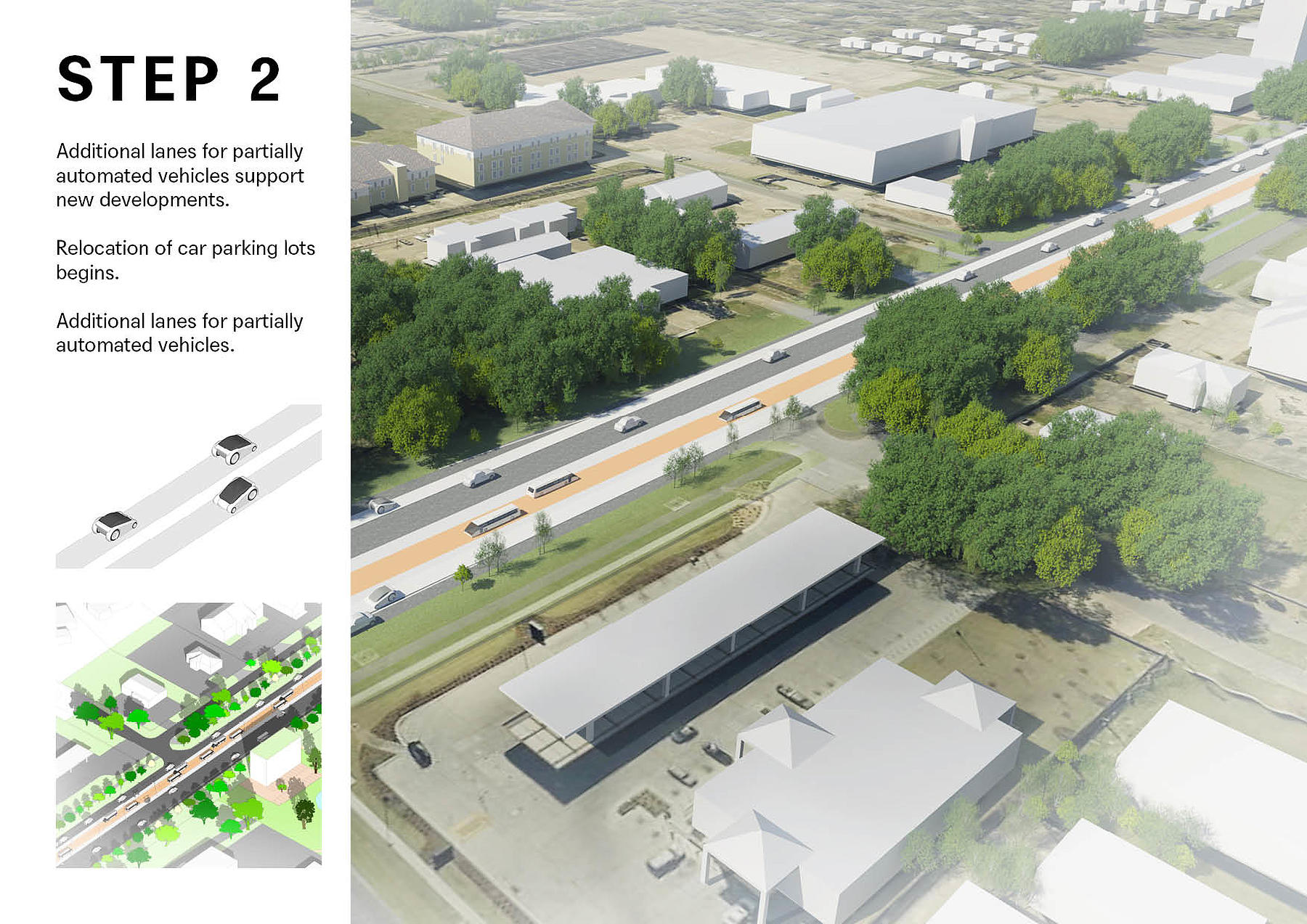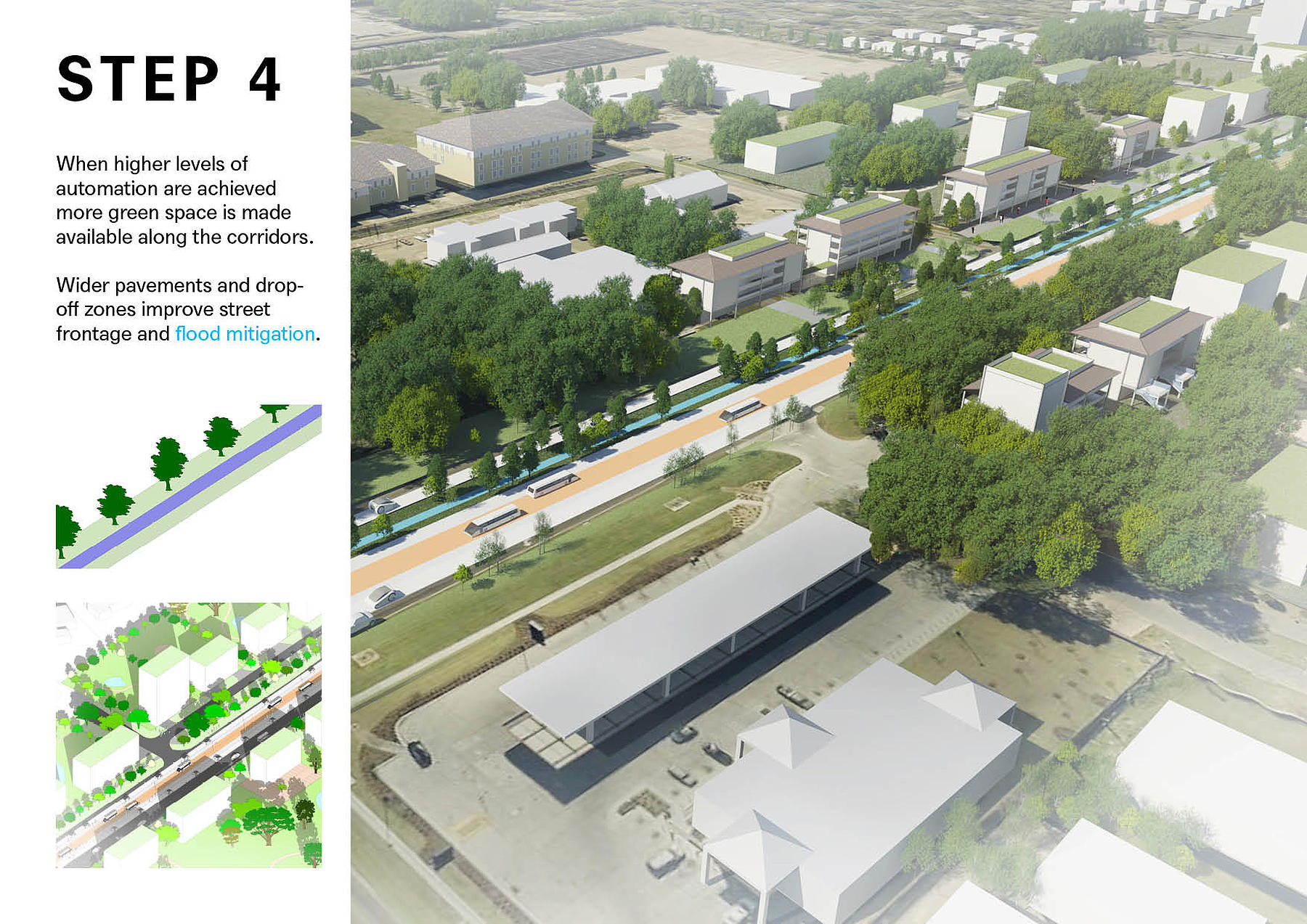MICA present ideas on sustainable planning for urban communities in the US
MICA have been in Louisiana this week to present ideas to the Smart City committee on sustainable planning for urban communities, as reported in Business Report:
“Baton Rouge needs to rethink the way it develops communities and plans for future population growth, business and community leaders said this morning during a Smart City committee meeting.
Sparking the conversation was a presentation from Gavin Miller of MICA Architects, a London-based firm that, among other things, specializes in sustainable planning for urban communities.
The “inevitable” integration of autonomous vehicles into cities, for example, raises several questions, such as whether driving lanes can be narrowed in the near future.
“Lanes for a typical manual motor car is a degree wider than the car to allow for human error,” Miller said. “But the autonomous car, in theory, doesn’t need that extra degree because it knows exactly where to go, so gradually, you can create more space for cyclists.”
But there are also questions being raised globally about the motivations of some of the companies promoting autonomous vehicles, said Miller, which aren’t encouraging ridesharing and could cause detrimental effects to the environment.
Another point of consideration is coastal resettlement. Camille Manning-Broome, president and CEO of the Center for Planning Excellence, said that upward migration is happening from high-risk areas to more low-risk areas.
“We’re not just talking about fishing communities—we’re talking about Ascension and Livingston parishes, too,” Manning-Broome said. “Large swaths of those areas will be underwater eventually.”
There is also a much wider acceptance of the science and understanding of climate change impacts amongst Louisianans, though some still doubt it. Chris Tyson of Build Baton Rouge said the concept might get the greatest community buy-in from GIS modeling or another visual tool showing its physical impacts, which the committee plans to develop before the next meeting.
Cities across the globe are engaging in a variety of practices. Manning-Broome pointed to the rising popularity of “sponge cities” and big green infrastructure in places like Melbourne, Australia, and Copenhagen, Denmark, which she said are taking proactive steps toward these future issues.
First, Baton Rouge needs to bring landscape architects, architects, urban planners, engineers and others into the conversation.
“It’s not like it’s coming,” said Metro Council woman Tara Wicker. “It’s like, it’s here.”
MICA have been exploring a series of growth scenarios in Baton Rouge over a projected 30 year period to test the phased implementation of the recognised 5 automation levels of autonomous vehicles in tandem with flood resilient design.
The impact of introducing automated vehicles on the street and its users can be transformative, offering opportunities to extend beyond the street to the plot. Our studies explore how streets can be drivers for a new sustainable urban vision evolved from the character of Baton Rouge.
To find out more about MICA’s experience in developing urban areas to accommodate growth click here
To read the original article in Business Report click here
To watch a news clip on WAFB and read more about the project click here

